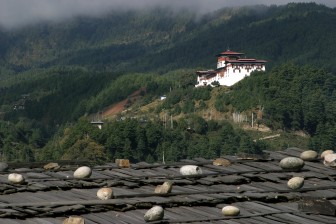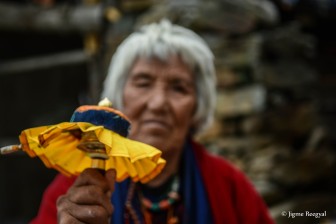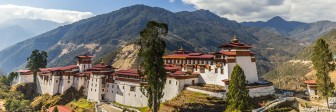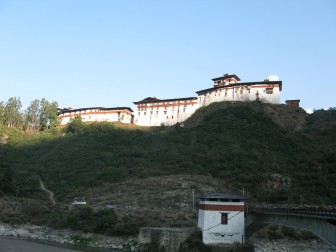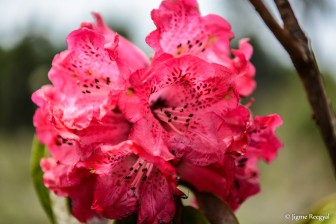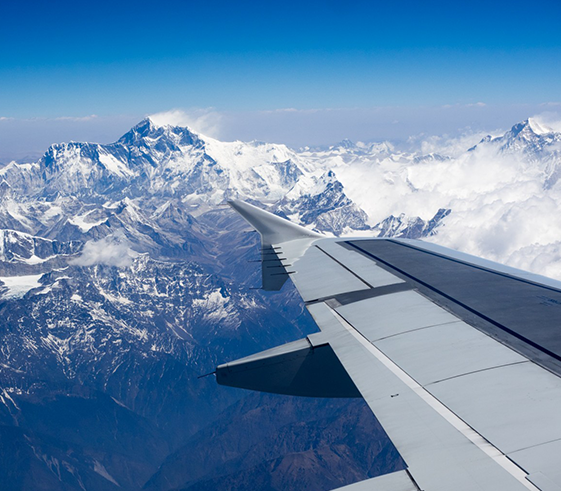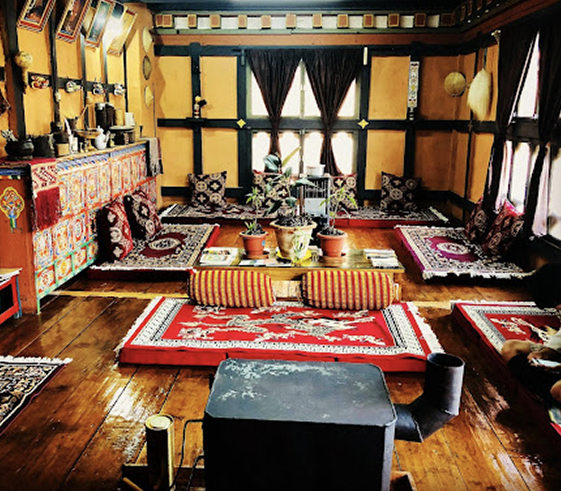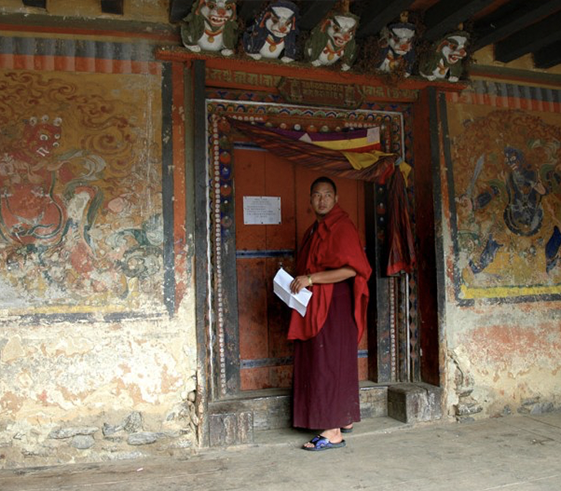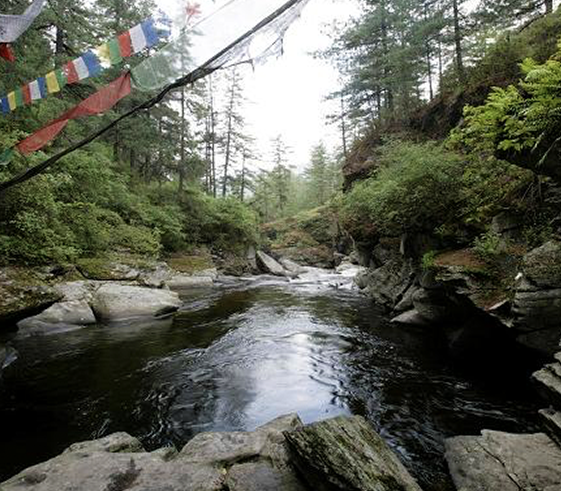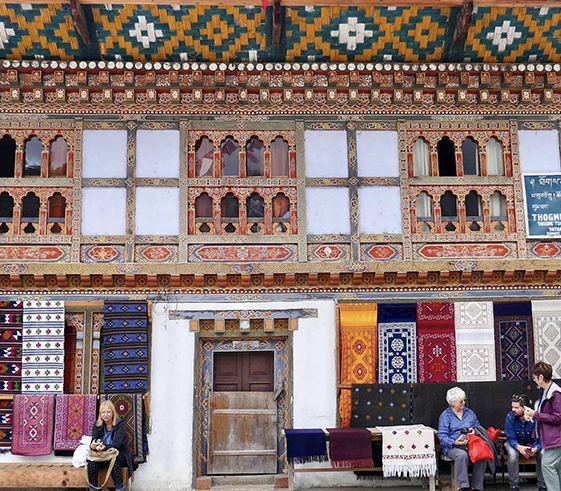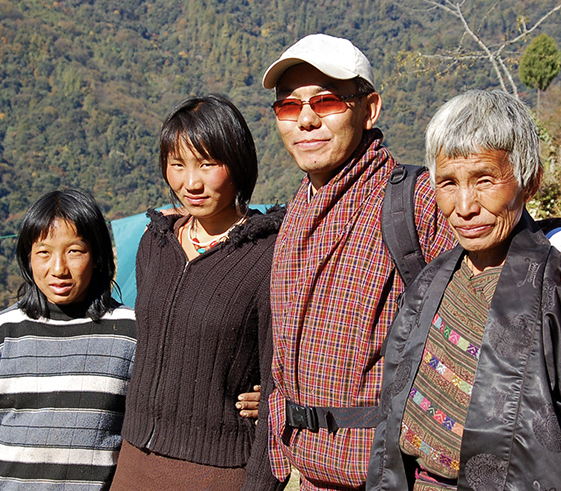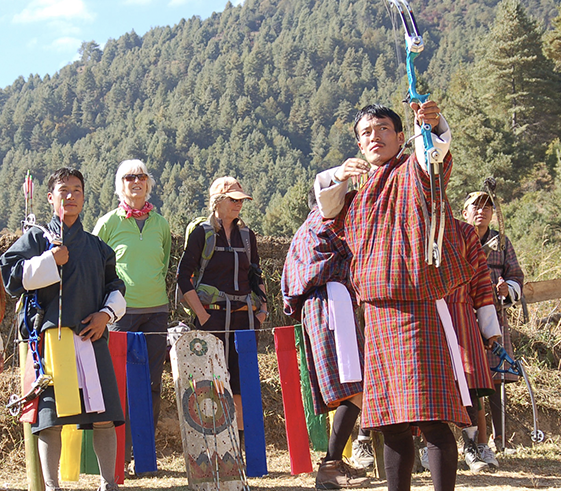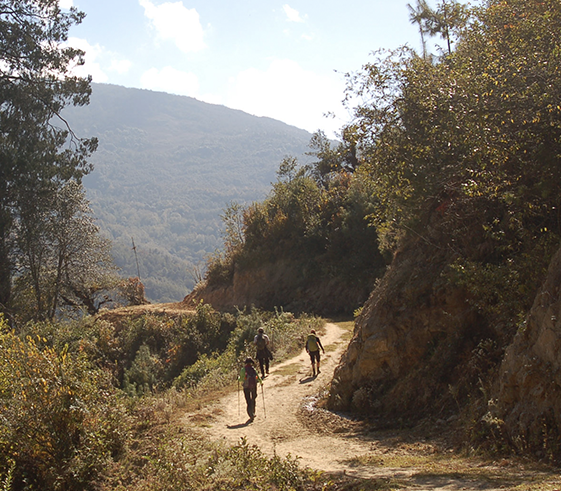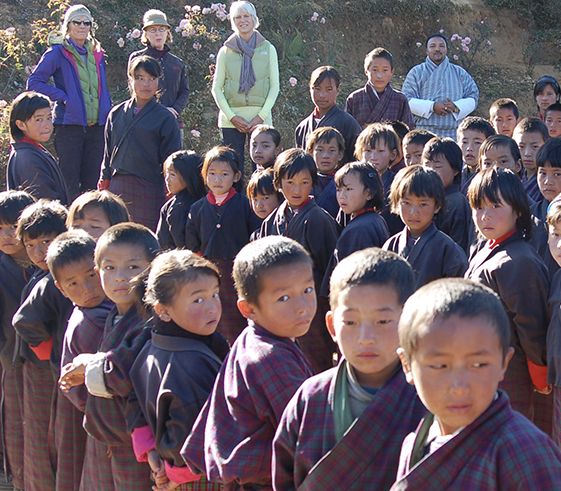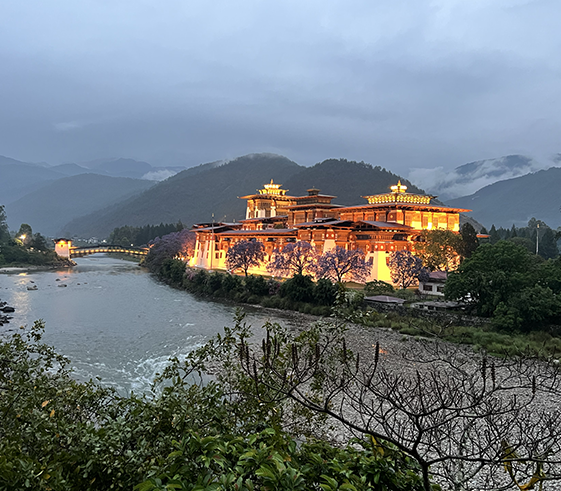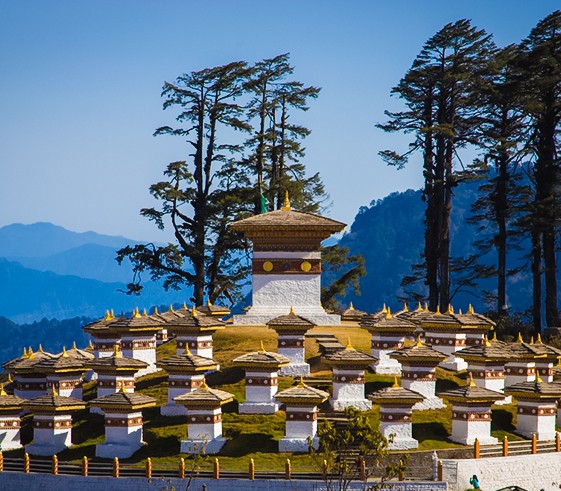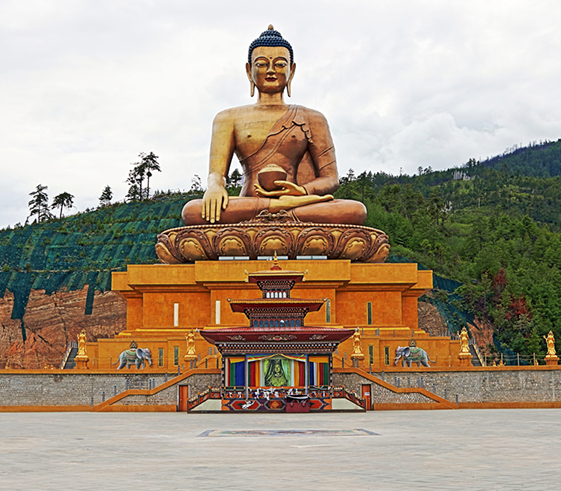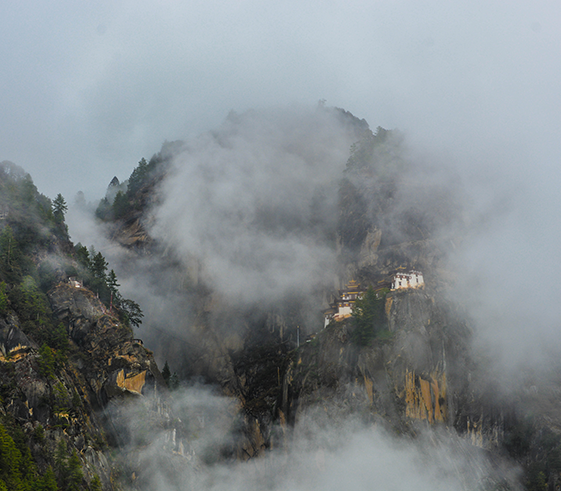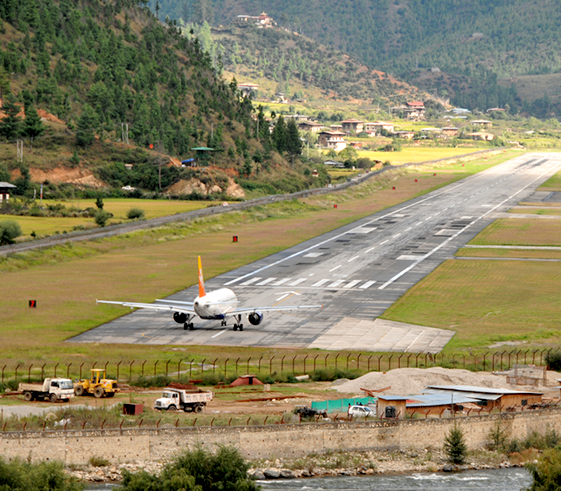Ogyen Choling Palace: The Museum of Bhutanese Nobility (2,800 m / 9,186 ft)
We arrive at Ogyen Choling, the Palace of Bliss, once the residence of Longchen Rabjam, one of the greatest Buddhist scholars of the 14th century. This ancestral manor has been transformed into a private museum, preserving Bhutan’s noble history, religious relics, and traditional way of life.
If we are fortunate, we may meet Azhi Kezang Choden, a Bhutanese writer and historian, and a direct descendant of this illustrious lineage. Her insights bring alive the stories of Bhutan’s past and its transformation over centuries.
Afternoon: Visit to Pemacholing Nunnery (2,700 m / 8,858 ft)
- Driving Distance: ~25 km / 16 miles (1 hour from Tang to Pemacholing Nunnery)
Returning from Tang, we stop at Pemacholing Nunnery, home to over 300 Buddhist nuns who dedicate their lives to meditation, prayer, and spiritual practice.
Here, we attend the Choed Drum Ceremony, a unique Buddhist ritual where hymns from sacred texts are sung in tune with hand-held drums and bells. This powerful ceremony is believed to bring blessings for longevity and cleanse one’s karma of misfortunes and negative energies.
We will also have an opportunity to interact with the nuns, some of whom speak English, and gain insight into their simple yet deeply meaningful lives of devotion and celibacy.
Short Hike to Mebartsho – The Burning Lake (2,650 m / 8,694 ft)
- Hike Distance: ~1 km / 0.6 miles (easy walk)
- Hike Time: ~30 minutes round trip
On our way back to Chamkhar, we take a short pilgrimage hike to Mebartsho, also known as the Burning Lake. This sacred site is where Pema Lingpa, the king of treasure revealers, performed his first miraculous act in the 15th century, diving into the lake with a butter lamp still burning and emerging with sacred relics hidden by Guru Rinpoche in the 8th century. Today, it remains an important pilgrimage site, adorned with colorful prayer flags and butter lamp offerings.
Evening: Traditional Hot Stone Bath Experience
Back in Chamkhar, those interested can soak in a traditional Bhutanese hot stone bath, an ancient healing practice where water is heated with river stones, releasing minerals believed to relieve muscle fatigue and improve circulation. This is the perfect way to relax after a day of cultural exploration and hiking.
Today’s Highlights:
✔ Explore the historic Ogyen Choling Palace & Museum in Tang Valley
✔ Attend a traditional Buddhist drum ceremony at Pemacholing Nunnery
✔ Take a short pilgrimage hike to the sacred Burning Lake (Mebartsho)
✔ Meet nuns and gain insight into their monastic lifestyle
✔ Unwind with an optional Bhutanese hot stone bath experience
A blend of spiritual discovery, history, and relaxation, today offers a deeper understanding of Bhutan’s Buddhist heritage and its rich cultural traditions










